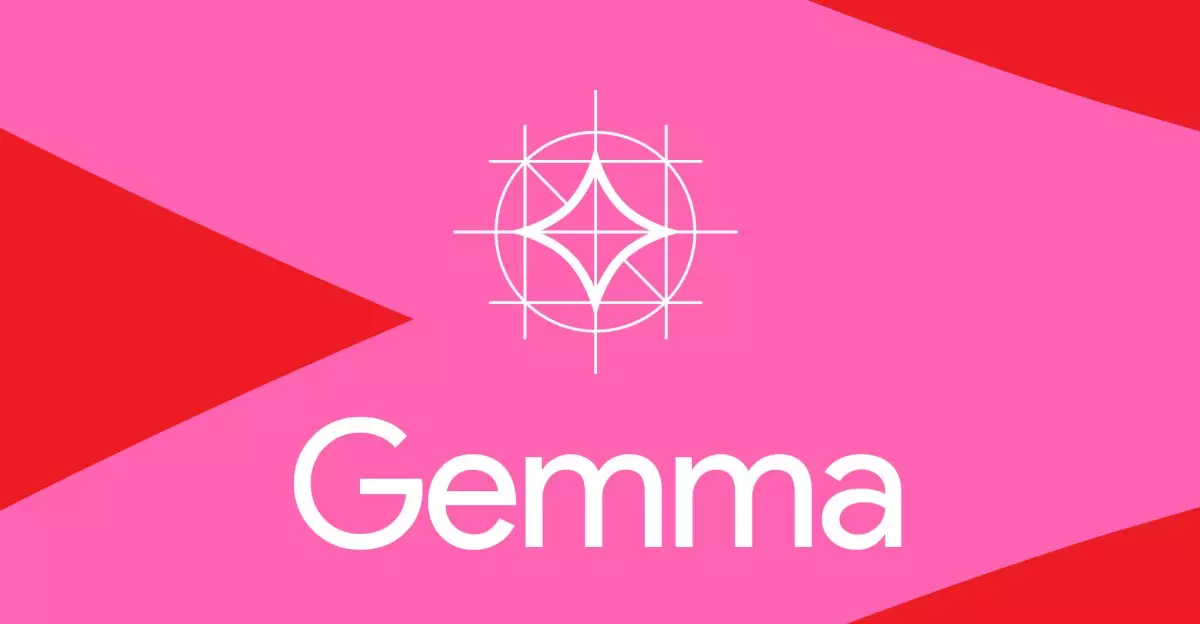Gemma’s latest offering, Gemma 3, represents a significant evolution in the realm of artificial intelligence, extending beyond its predecessors by incorporating the ability to interpret images and short videos alongside text. This innovative upgrade marks a bold step for Google, as they aim to enhance the functionality of their AI tools for developers across various applications. With support for over 35 languages, Gemma 3 boasts versatility that can transform tasks in everything from mobile platforms to high-powered workstations. In an increasingly digitized world, the versatility of AI is essential, and Gemma 3 seems poised to meet that challenge head-on.
Performance You Can Bet On
When it comes to performance, Google boasts that Gemma 3 is the “world’s best single-accelerator model.” This claim positions it against heavyweights like Facebook’s Llama and DeepSeek, appealing to developers who prioritize efficiency and power without requiring extensive hardware. The optimization for Nvidia’s GPUs and dedicated AI infrastructure highlights its potential appeal for users who seek high-performance solutions while remaining budget-conscious. The improvements in the vision encoder that now includes support for high-resolution and non-square images signal that Google is anticipating evolving needs within the technological landscape.
Safety First: Handling Content Responsibly
However, as the capabilities of AI expand, so too do the ethical considerations surrounding its application. Google appears to be acknowledging this responsibility by introducing the ShieldGemma 2 image safety classifier, aimed at filtering inappropriate content, including sexually explicit and potentially harmful material. While the technical specifications and performance benchmarks are likely to garner attention, the commitment to safety should not be overlooked. As digital creators wrestle with the implications of their work, the proactive measures taken by Google to include safety guidelines demonstrate a commendable responsibility in harnessing technological power.
Weighing Open-Source Ethics: The Debate Continues
Despite these advancements, the principles of openness associated with AI models remain contentious. The licensing restrictions posed by Google, even within the realm of an “open” AI framework, raise questions about the true accessibility of technology. Many in the community argue that open-source AI should not only be about tool availability but also about the freedom to innovate, modify, and apply these technologies in diverse contexts. The water is muddied further as Google continues to extend incentives like Google Cloud credits to encourage usage within certain frameworks, which might be a double-edged sword for true innovation.
Investment in the Future: An Academic Approach
In a proactive approach to engage with the academic community, Google has launched the Gemma 3 Academic program, offering $10,000 in cloud credits to researchers pursuing innovative projects. This initiative is a commendable strategy as it supports educational institutions in pushing the boundaries of AI research without creating overwhelming costs. However, one must wonder: will this funding restrict creativity by tethering academic pursuits to Google’s own ecosystem, or will it truly foster groundbreaking research? As with any powerful tool, the impact relies heavily on how it is wielded, a question that lingers as Gemma moves forward.

